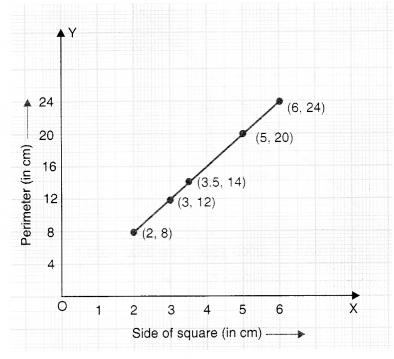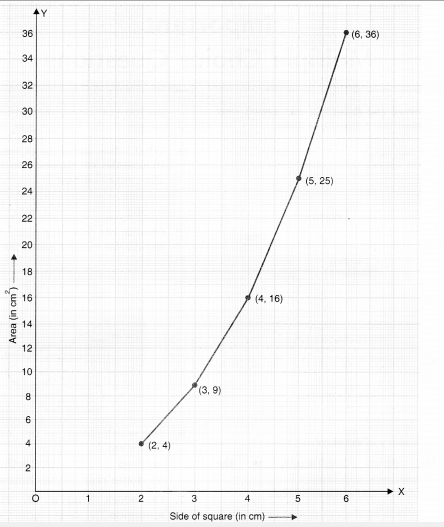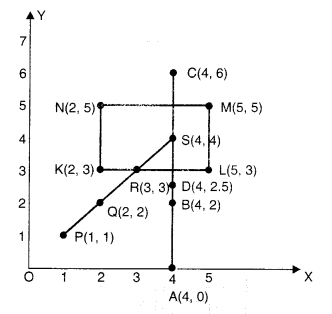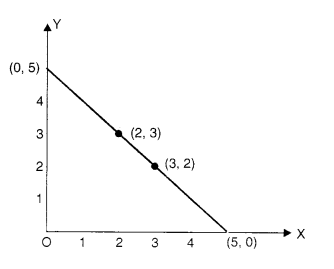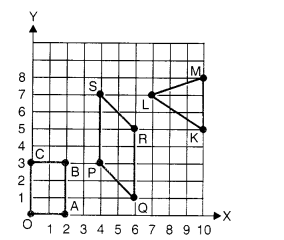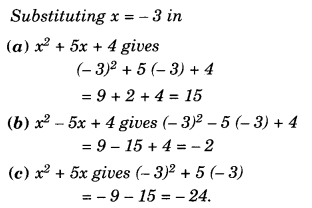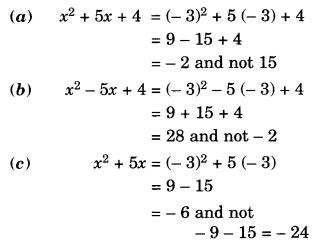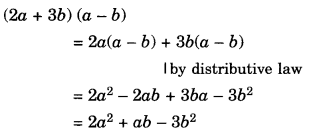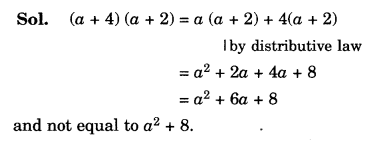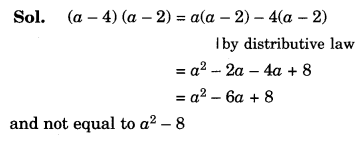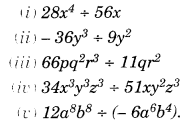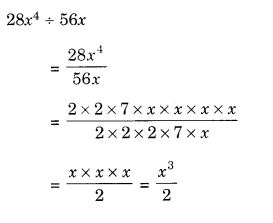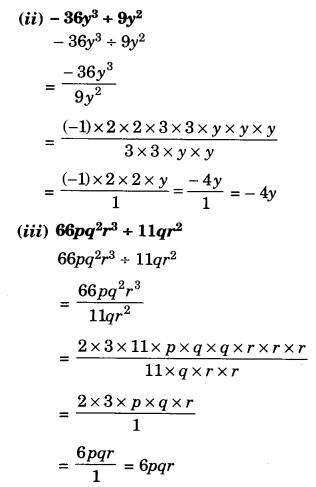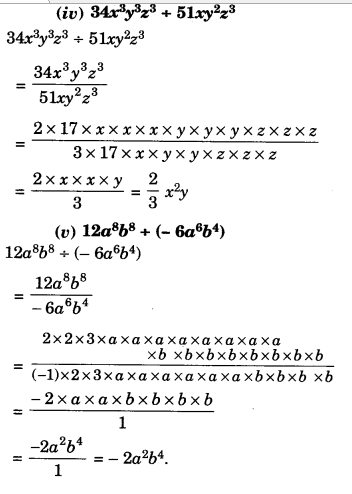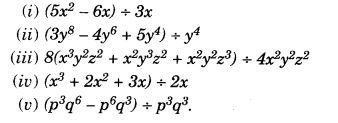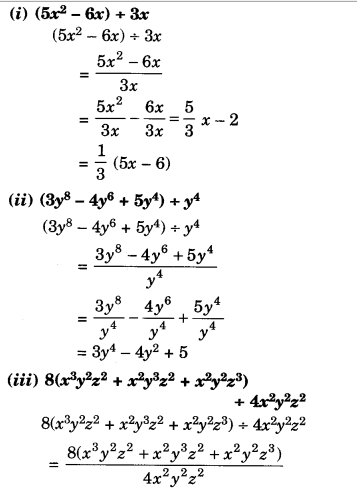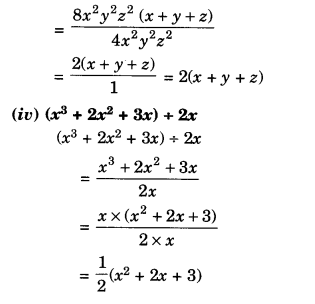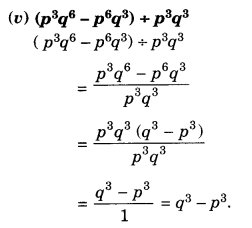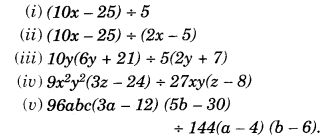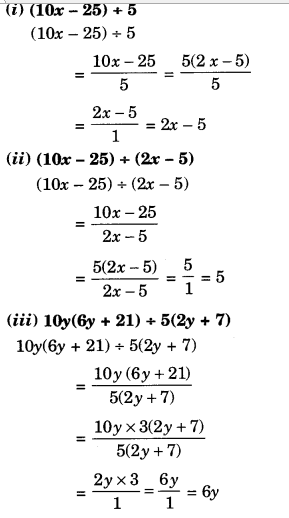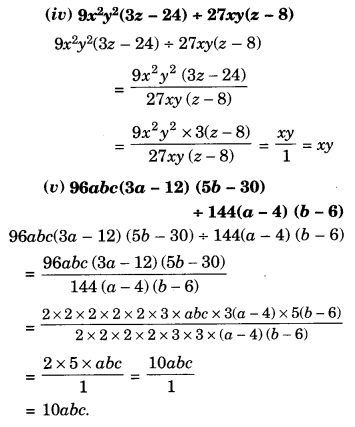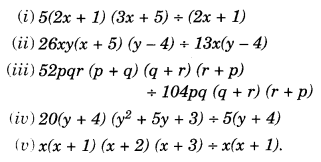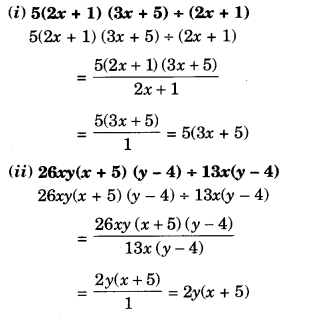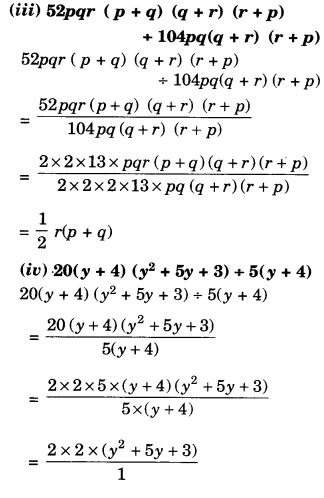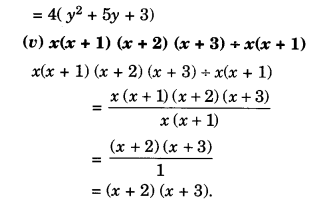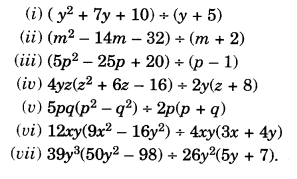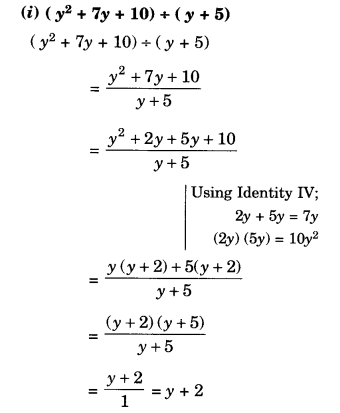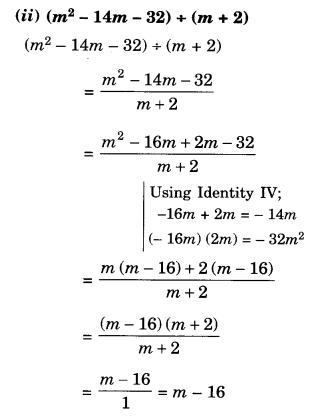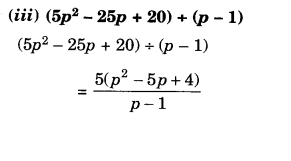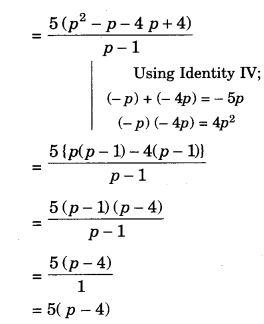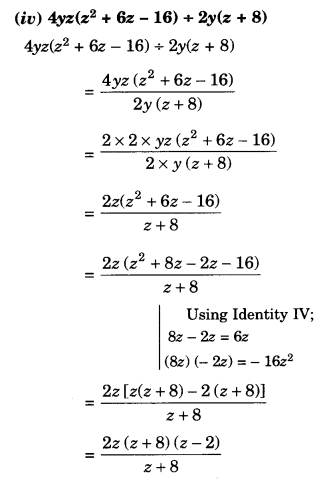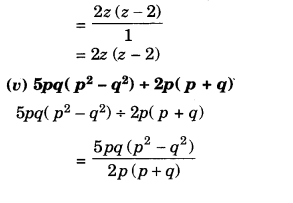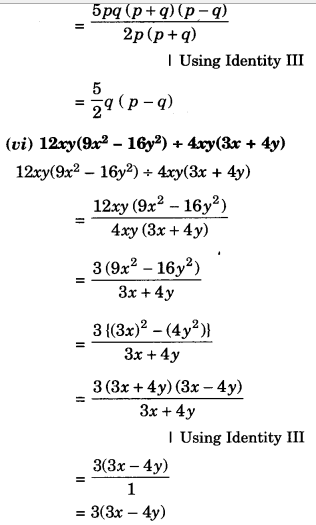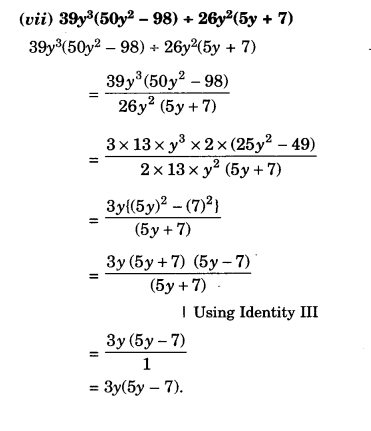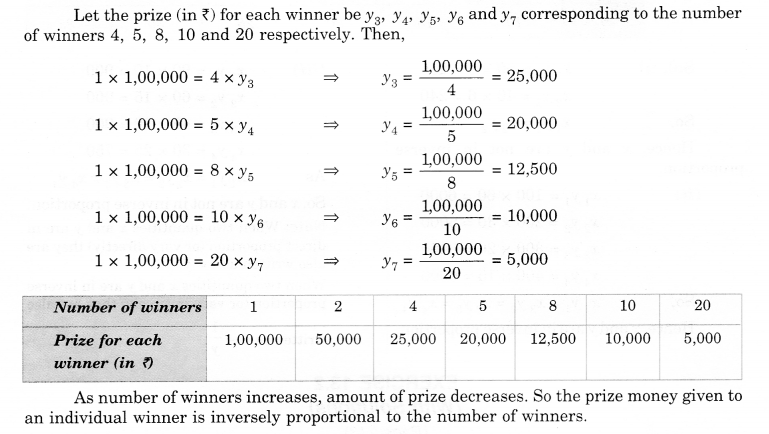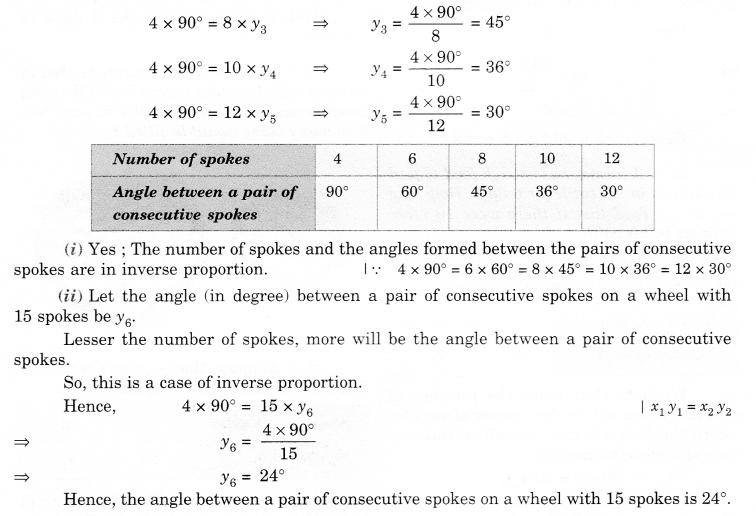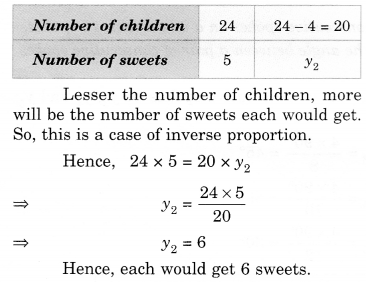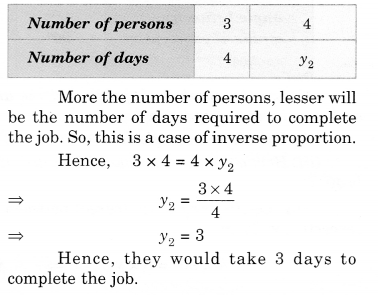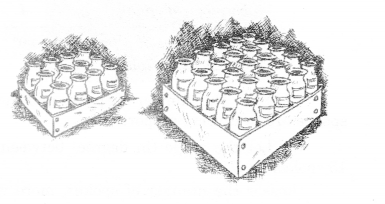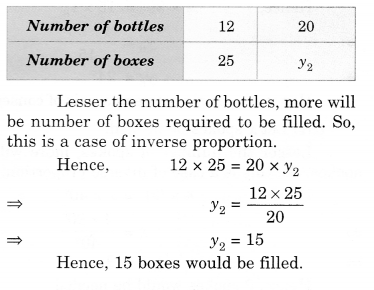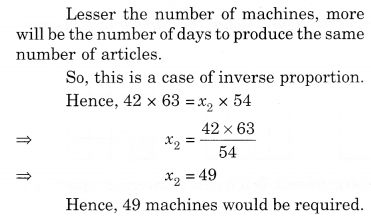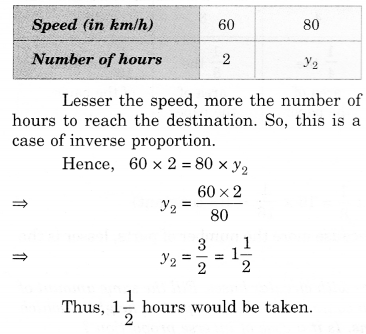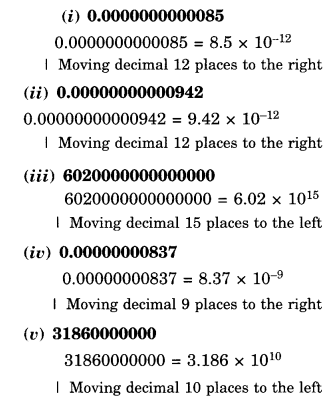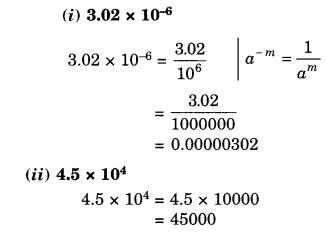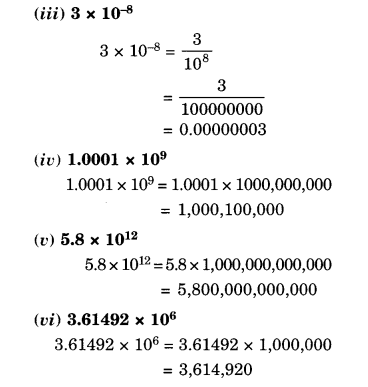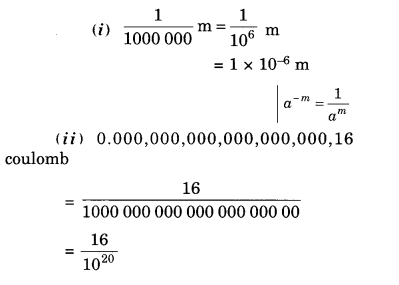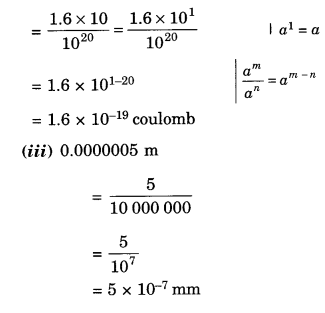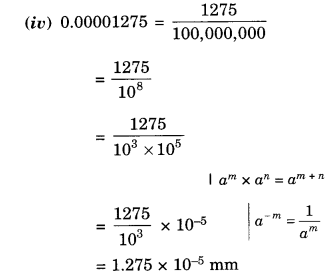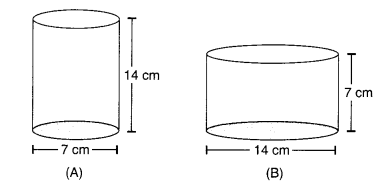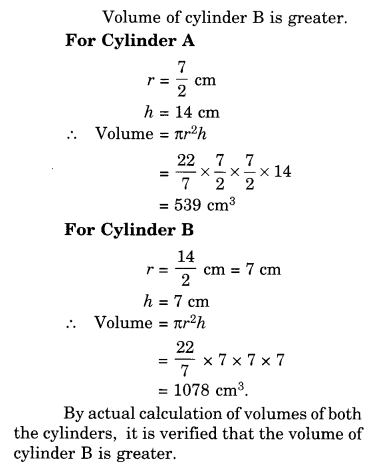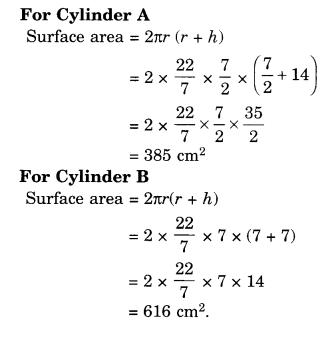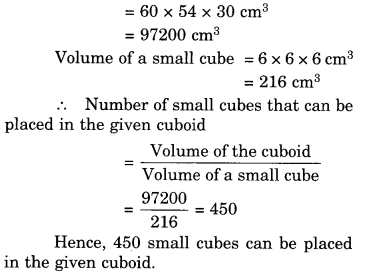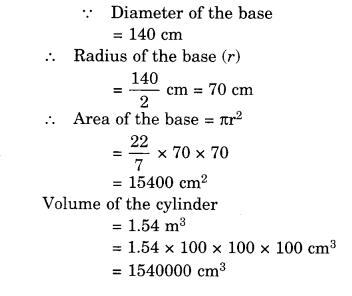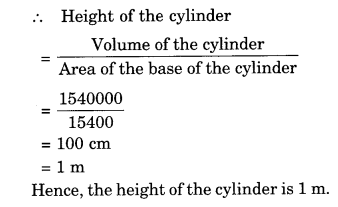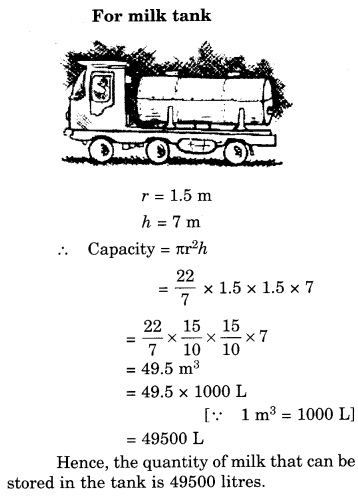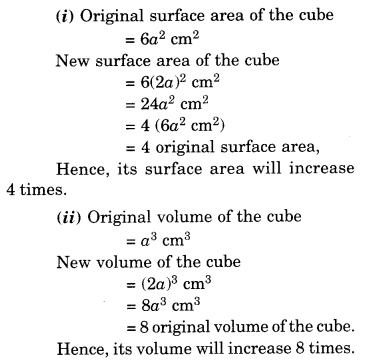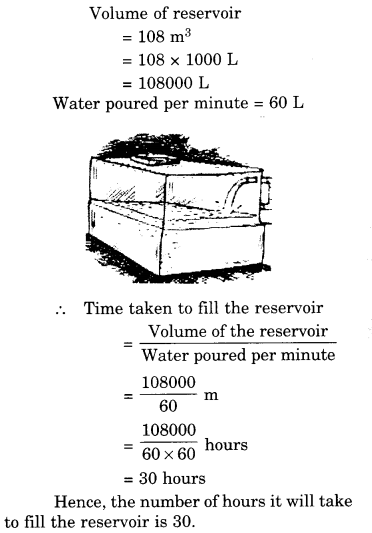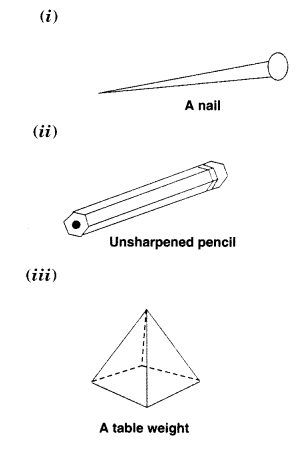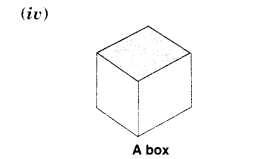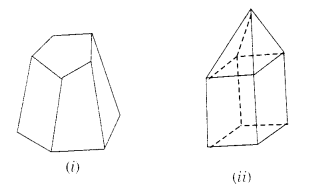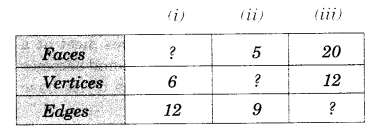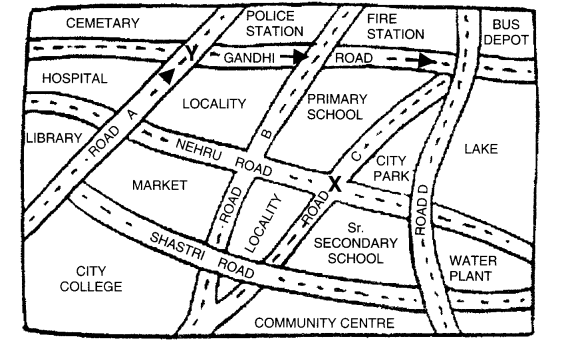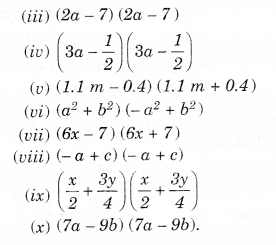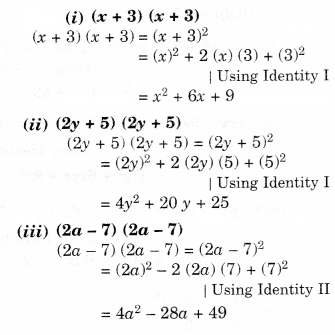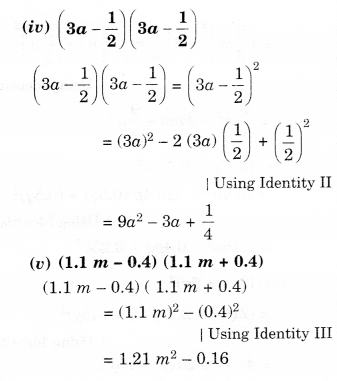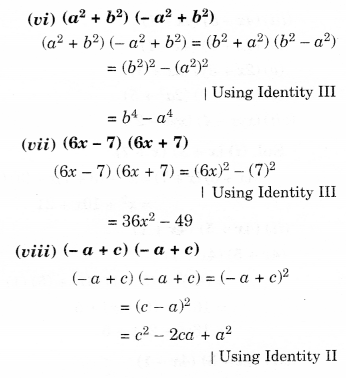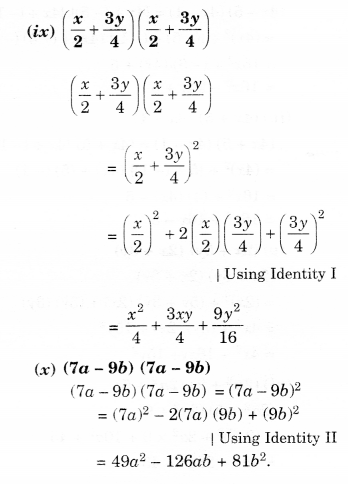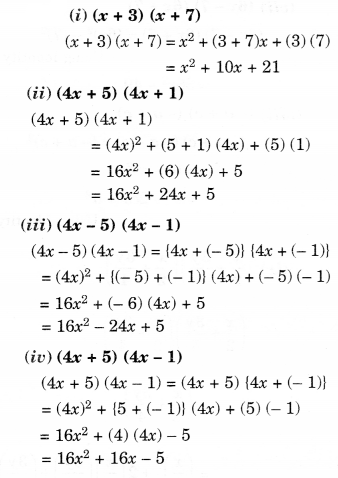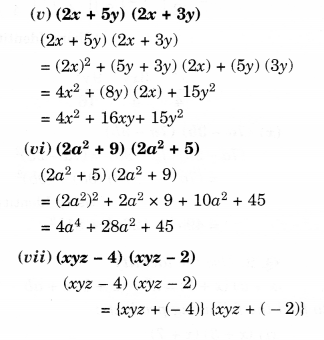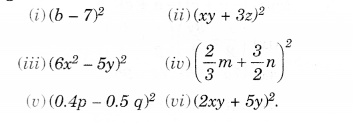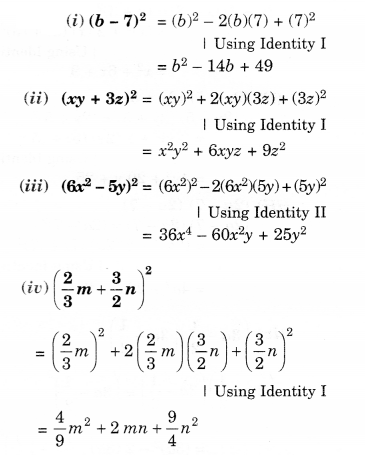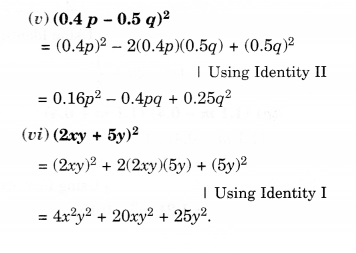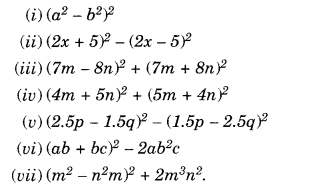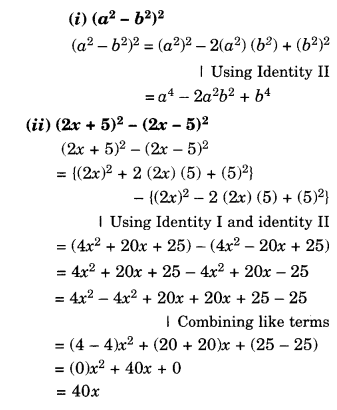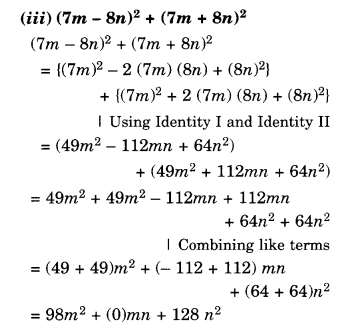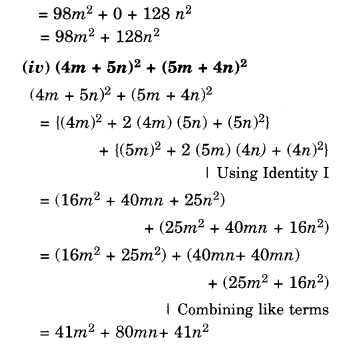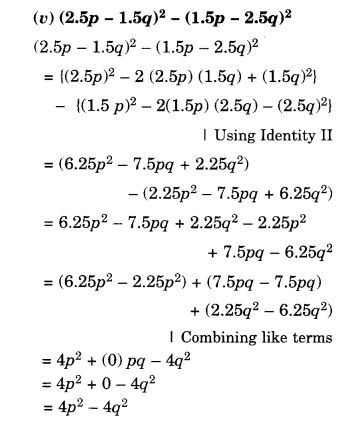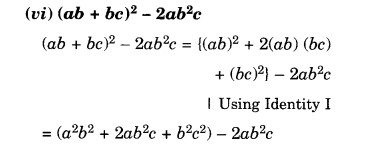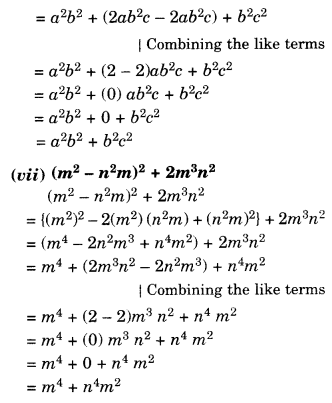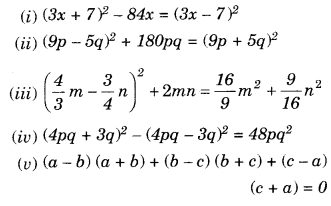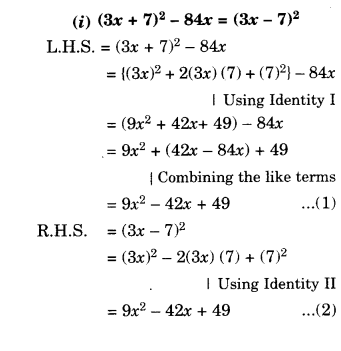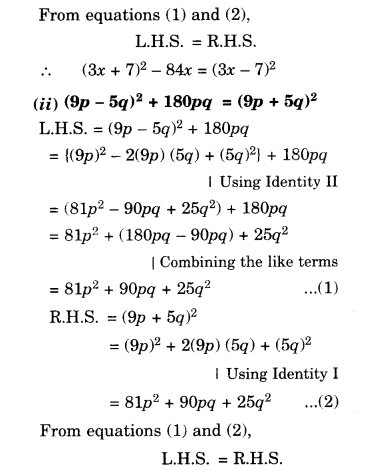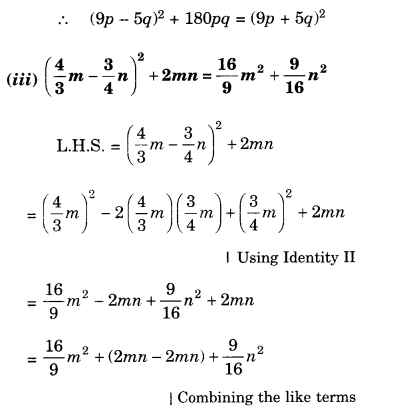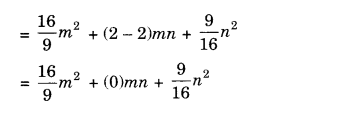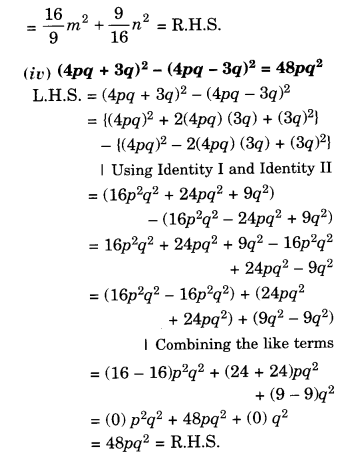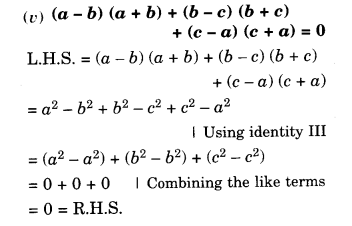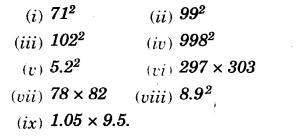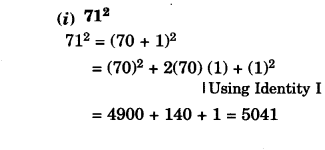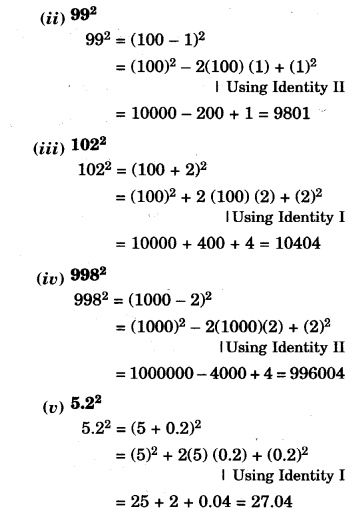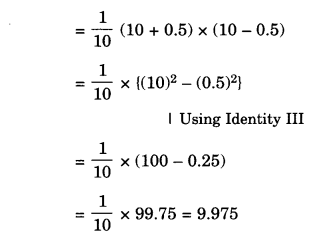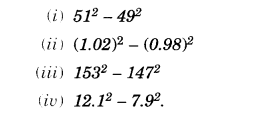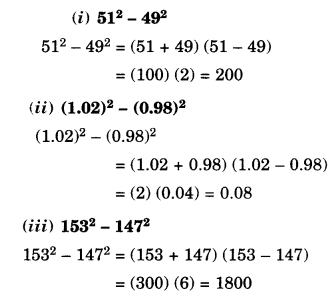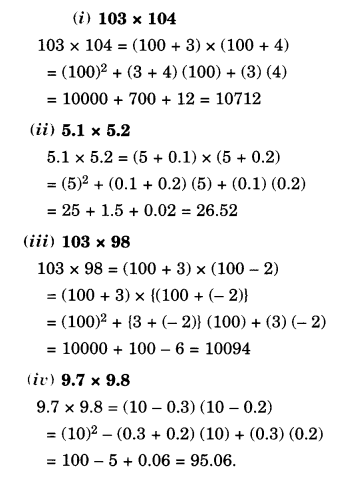NCERT Solutions for Class 8 Maths Chapter 16 Playing with Numbers Ex 16.2 are part of NCERT Solutions for Class 8 Maths. Here we have given NCERT Solutions for Class 8 Maths Chapter 16 Playing with Numbers Ex 16.2.
| Board | CBSE |
| Textbook | NCERT |
| Class | Class 8 |
| Subject | Maths |
| Chapter | Chapter 16 |
| Chapter Name | Playing with Numbers |
| Exercise | Ex 16.2 |
| Number of Questions Solved | 4 |
| Category | NCERT Solutions |
NCERT Solutions for Class 8 Maths Chapter 16 Playing with Numbers Ex 16.2
Question 1.
If 21y5 is a multiple of 9, where y is a digit, what is the value of y?
Solution.
Since 21y5 is a multiple of 9, its sum of digits 2 + 1+ y + 5 = 8+ y isa multiple of 9; so 8 + y is one of these numbers: 0, 9, 18, 27, 36, 45,… .
But since y is a digit, it can only be possible that 8 + y = 9. Therefore, y = 1.
Question 2.
If 31z5 is a multiple of 9, where z is a digit, what is the value of z?
You will find that there are two answers to the last problem. Why is this so?
Solution.
Since 31z5 is a multiple of 9, its sum of digits 3 + 1 + z + 5 = 9 + z isa multiple of 9; so 9 + z is one of these numbers: 0, 9, 18, 27, 36, 45, … .
But since z is a digit, it can only be possible that 9 + z = 9 or 18. Therefore, z = 0 or 9.
Question 3.
If 24x is a multiple of 3, where x is a digit, what is the value of x?
(Since 24x is a multiple of 3, its sum of digits 6 + x is a multiple of 3; so 6 + x is one of these numbers: 0, 3, 6, 9, 12, 15, 18, … .
But since xis a digit, it can only be that 6 + x = 6 or 9 or 12 or 15. Therefore, x = 0 or 3 or 6 or 9. Thus, x can have any of four different values.)
Solution.
The solution is given with question.
Question 4.
If 31z5 is a multiple of 3, where z is a digit, what might be the values of z?
Solution.
Since 31z5 is a multiple of 3, its sum of digits 3 + 1 + z + 5 = 9 + z is a multiple of 3; so 9 + z is one of these numbers: 0, 3, 6, 9, 12, 15, 18, … .
But since z is a digit, it can only be possible that 9 + z = 9 or 12 or 15 or 18. Therefore, z = 0 or 3 or 6 or 9.
We hope the NCERT Solutions for Class 8 Maths Chapter 16 Playing with Numbers Ex 16.2 help you. If you have any query regarding NCERT Solutions for Class 8 Maths Chapter 16 Playing with Numbers Ex 16.2, drop a comment below and we will get back to you at the earliest.



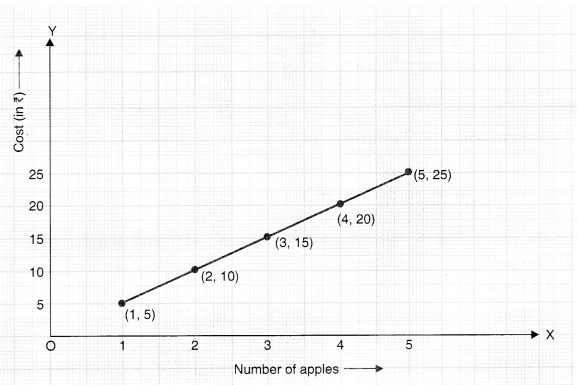
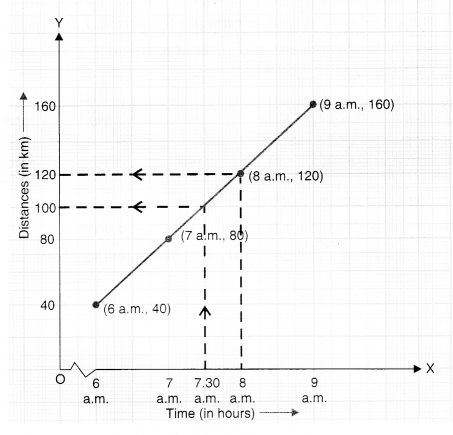
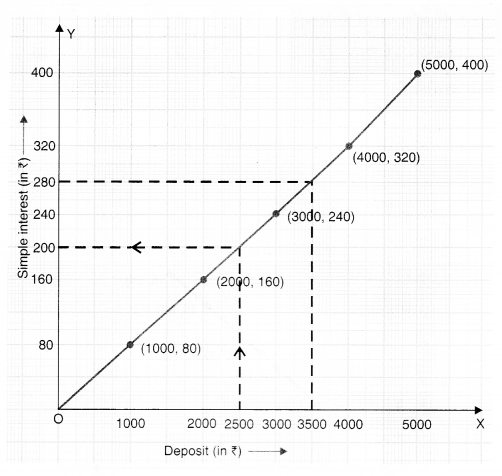 Scale:
Scale:

